Lifestyle
10 Ways Life in the 60s Was Harder Than It Is Today
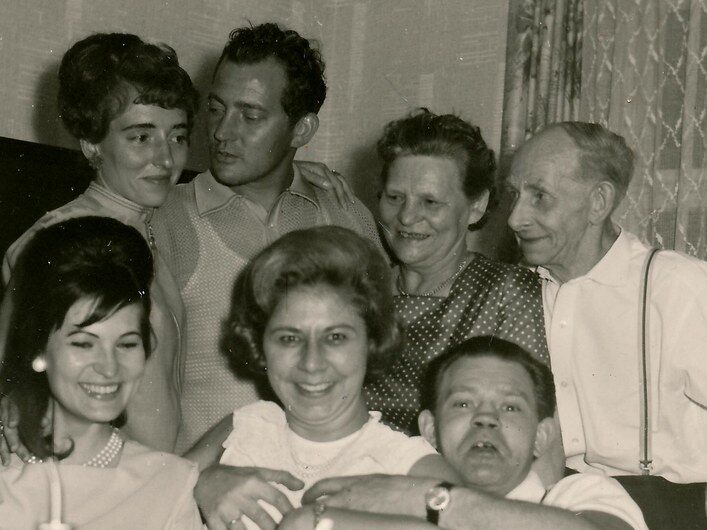
Life in the 60s had its own charm, but it wasn’t easy. There were no smartphones, no online shopping apps, and definitely no GPS to help when you got lost. Simple tasks took more effort, and some everyday conveniences we take for granted now just didn’t exist. If you grew up back then, you know how different things were. Here are 10 ways life in the 60s was tougher than it is today.
No Internet, So Research Took Forever

You couldn’t just Google in the past if you needed to find something out. You had to go to the library in your city, dig through card catalogs, and flip through huge dusty books. If you had encyclopedias at home (lucky you), that made things easy, but these books got outdated fast. Learning stuff took real effort, not just a couple of clicks on your phone.
Making a Phone Call Meant Staying Put
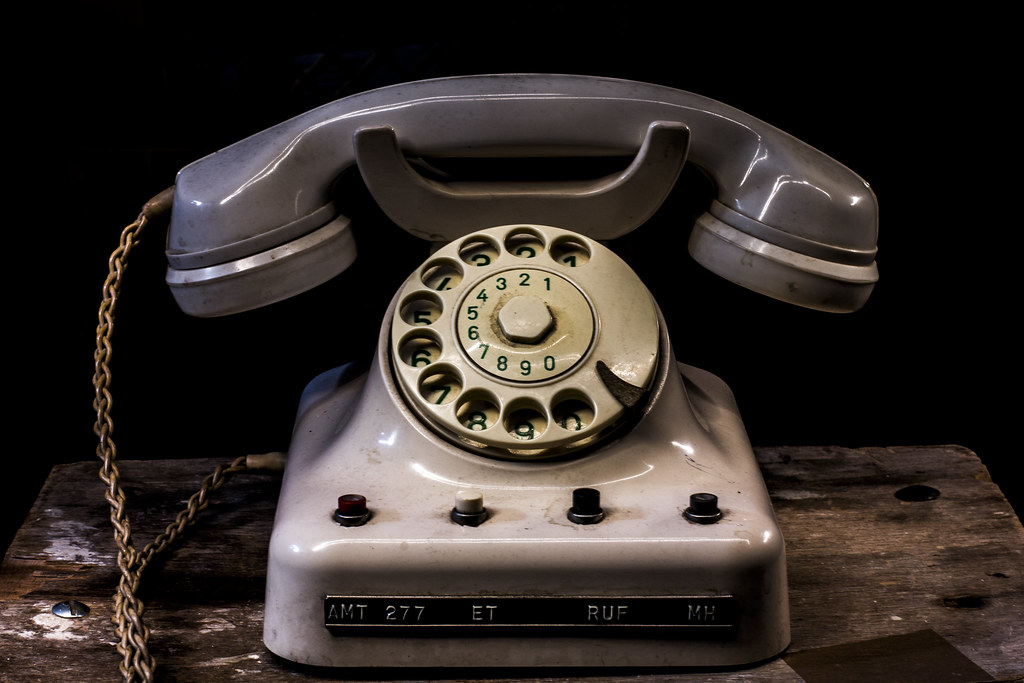
Phones didn’t fit in your pocket, and they definitely weren’t wireless. If you wanted to make a call, you had to use a rotary dial phone that took forever to dial a number. And since there was no caller ID, answering the phone was always a bit of a mystery—you never knew who was on the other end until you picked up.
No Microwaves, So Cooking Took Longer
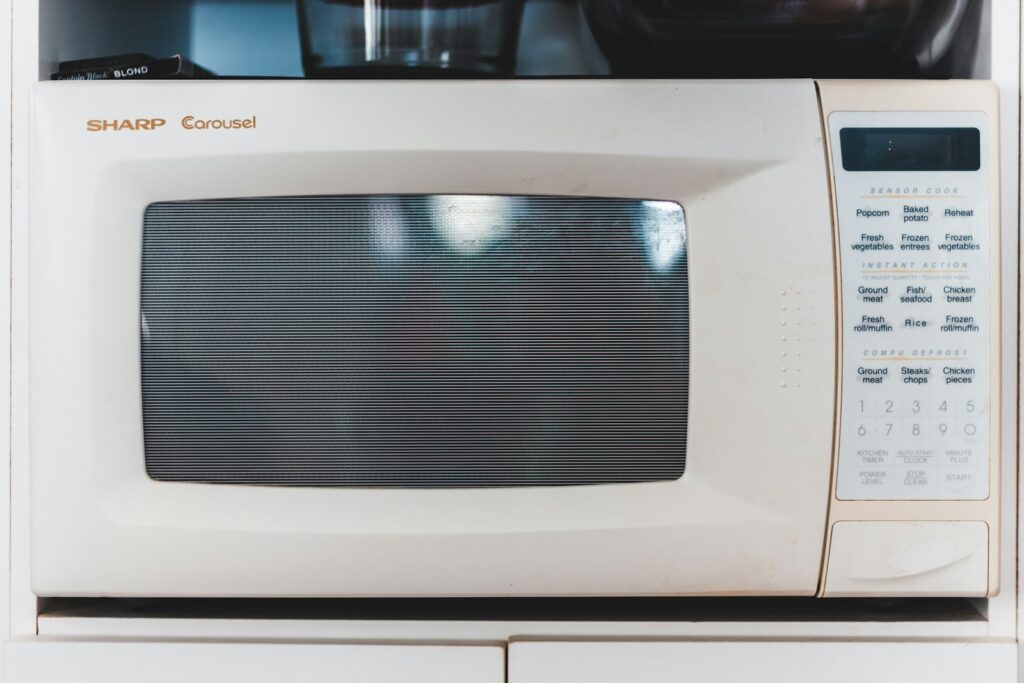
Today, you would just press a button to heat food. But that was not the case in the past. If you wanted leftovers, you had to warm them up in the oven or on the stove, which took way longer than today’s microwaves. And if you needed popcorn, you had to make it on the stovetop and shake the pan constantly so it didn’t burn (most of the time, it does end up being smoky-flavored).
Traveling Was a Hassle Without GPS
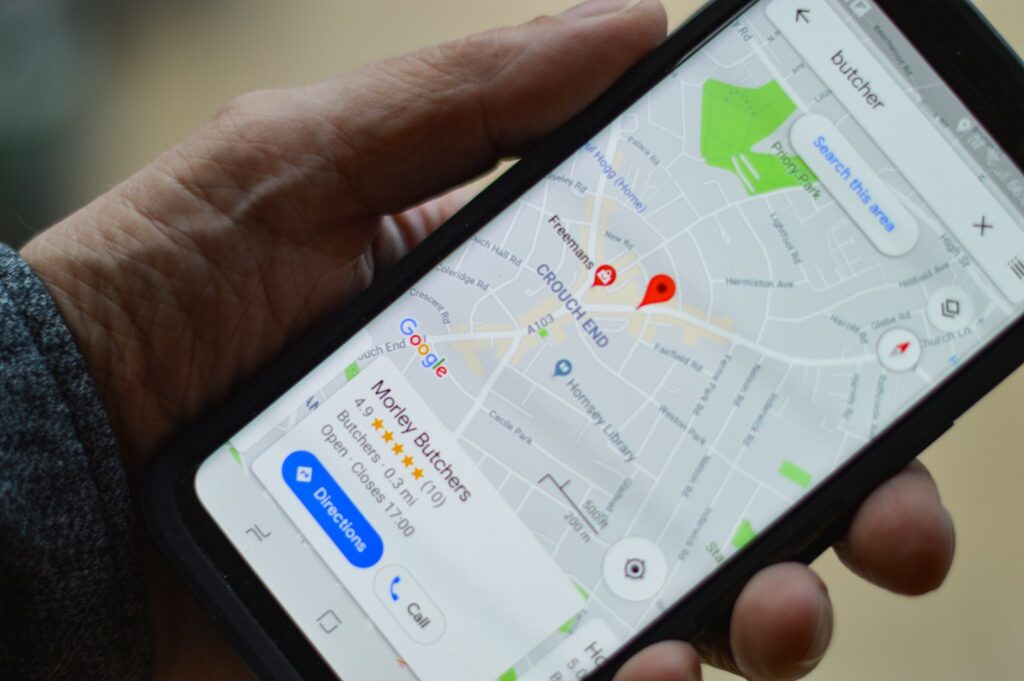
These days, you can go anywhere without even knowing the directions, thanks to GPS or Google Maps. But the thing is, they didn’t exist in the past. If you didn’t know where you were going, you had to rely on paper maps or road signs or ask strangers for directions. Getting lost was common, and stopping to figure out where you were took up a lot of time.
No Streaming—You Had to Watch TV Live
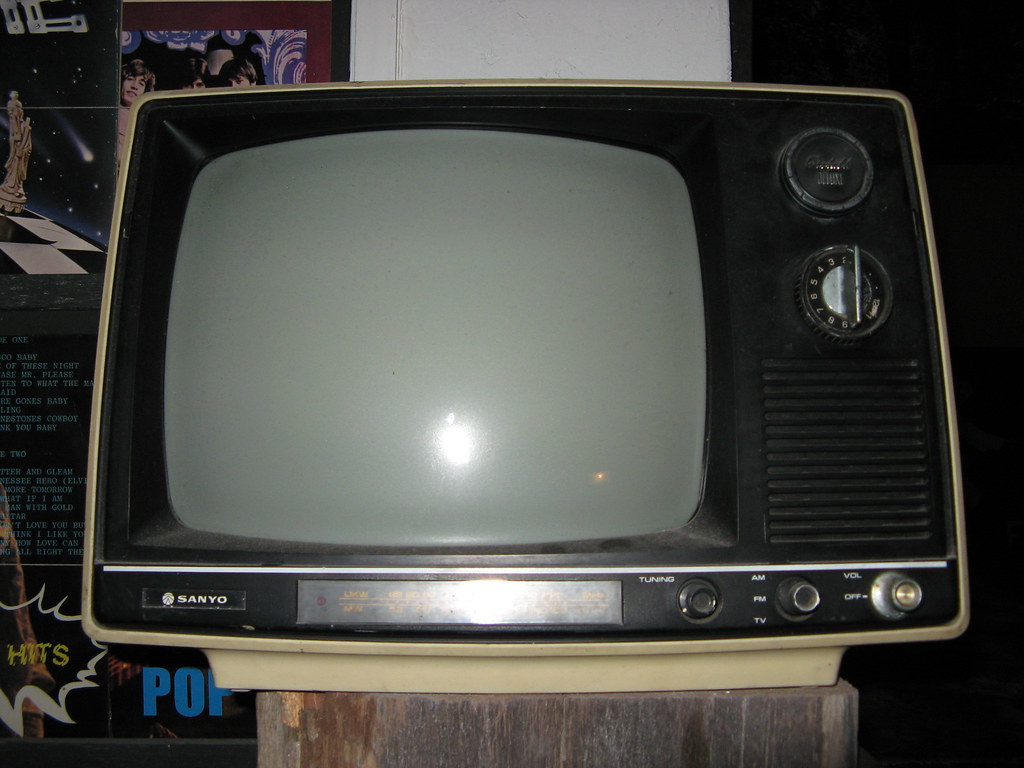
If you missed your favorite TV show, that was it—you had to wait for a rerun, which might not happen for months (or not at all). There were no streaming services, no DVRs, and no pausing or rewinding. You could not even skip commercials like you do on Prime, and if you needed a snack, you had to wait for a break or risk missing an important scene.
Banking Was a Slow Process

If you needed cash back, then you had to go to the bank while it was open, stand in a long line, and wait for the teller to get to you. There was no checking your balance on your phone. And since ATMs didn’t exist yet, if you ran out of money on the weekend, you were out of luck.
Housework Took More Time
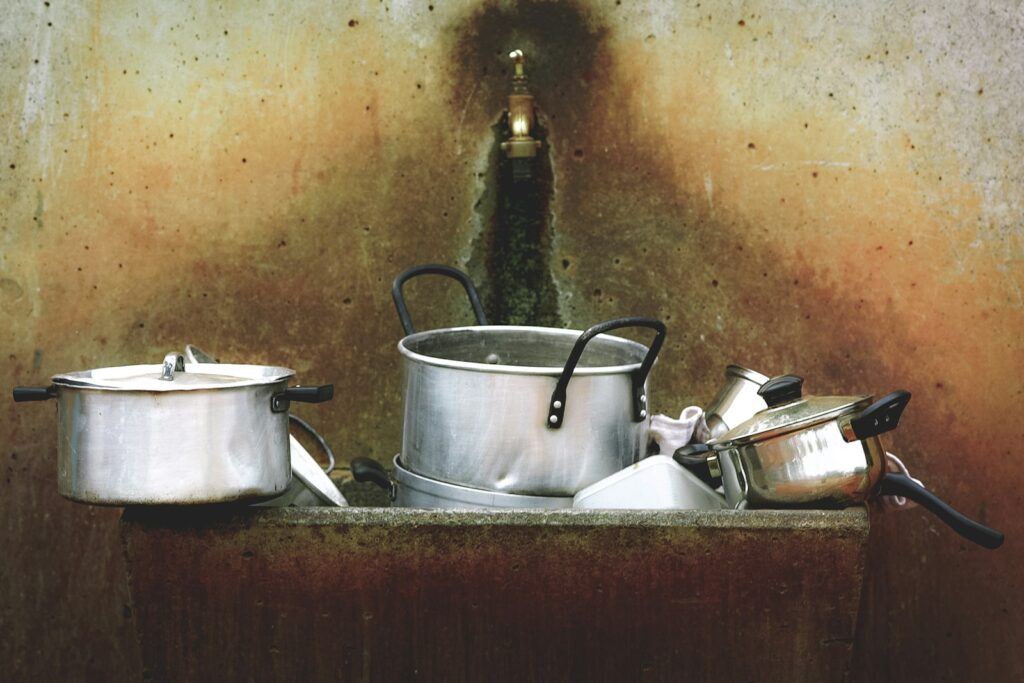
Vacuum cleaners were big and heavy, dishwashers weren’t in every home, and cleaning products weren’t as effective as they are today. Doing chores took a lot more effort. If you spilled something on the carpet, there was no quick spray to fix it—you had to scrub by hand and hope for the best.
Communication Was Slower

There were no quick Insta DMs or emails. If you needed to say something, you had to write a letter, send it in the mail, and wait days or even weeks for a reply. Long-distance calls cost a fortune, so people didn’t make them very often. Keeping in touch with family and friends far away took a lot of patience.
Cars Were Less Reliable
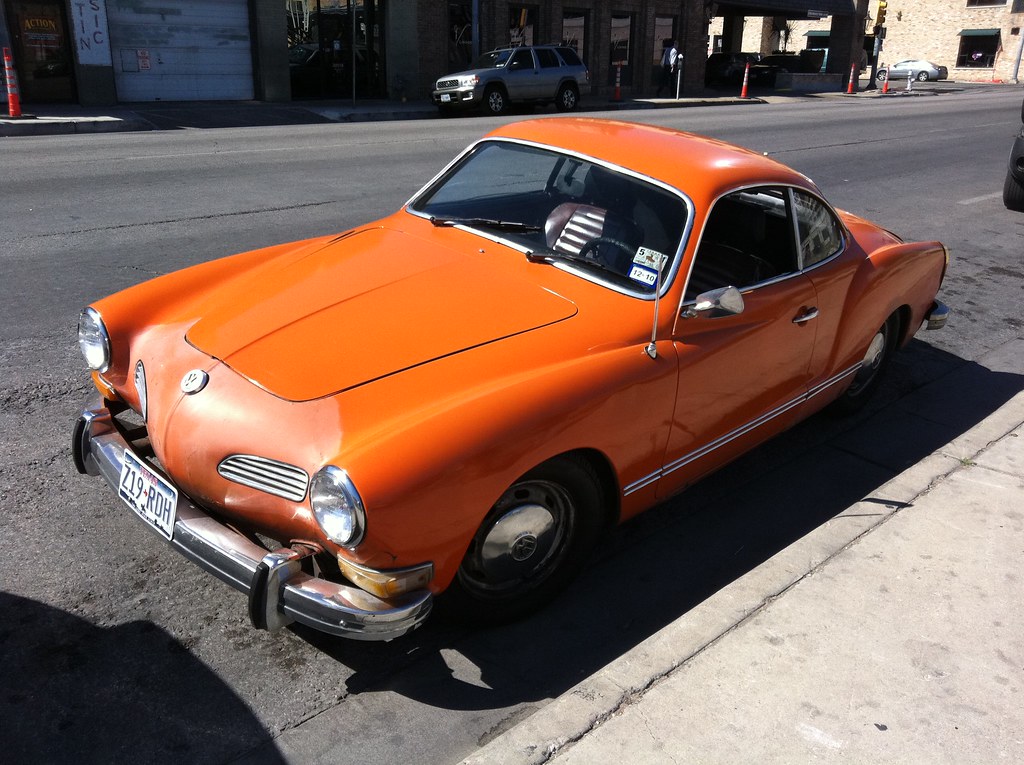
Cars today run for years without major problems, but in the 60s, breakdowns were just part of life. Engines overheated constantly, tires didn’t last long, and if your car died in the middle of nowhere, you had to find a payphone to call for help. Seat belts weren’t even required in a lot of places, so driving was way riskier than it is now.
Doing Laundry Was a Lot More Work

Washing clothes was not as simple as tossing them in the washing machine and pressing a button. Many homes in the past still had wringer washers, which meant pulling each item through two rollers to squeeze out the water before hanging them up to dry. Sounds exhausting, right? Well, it was. Everything came out stiff unless you spent extra time ironing.

